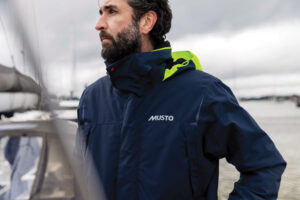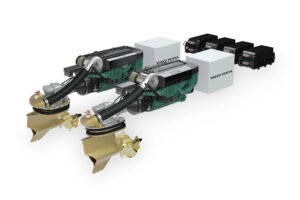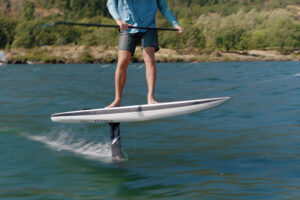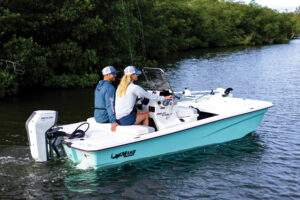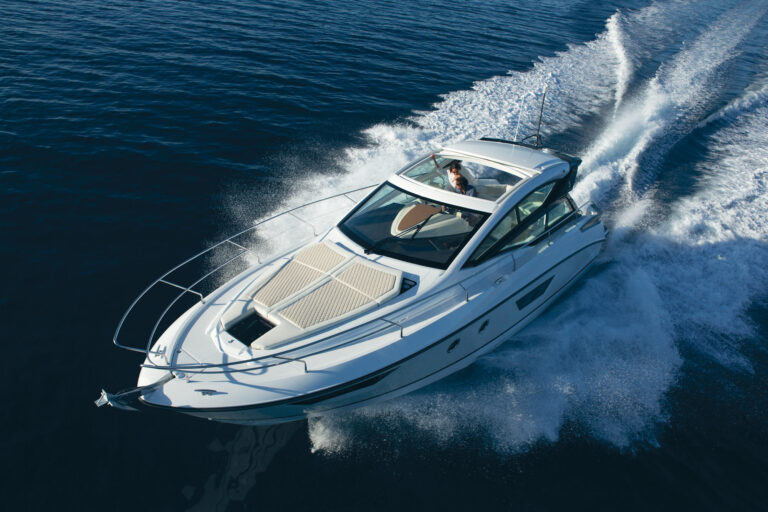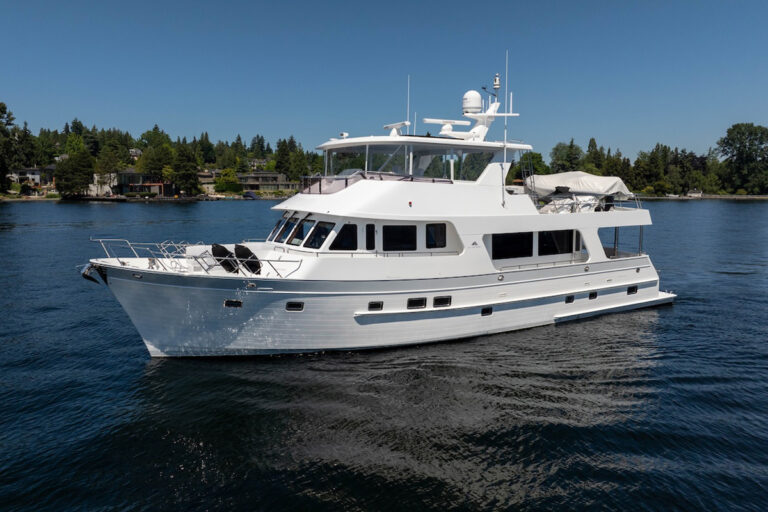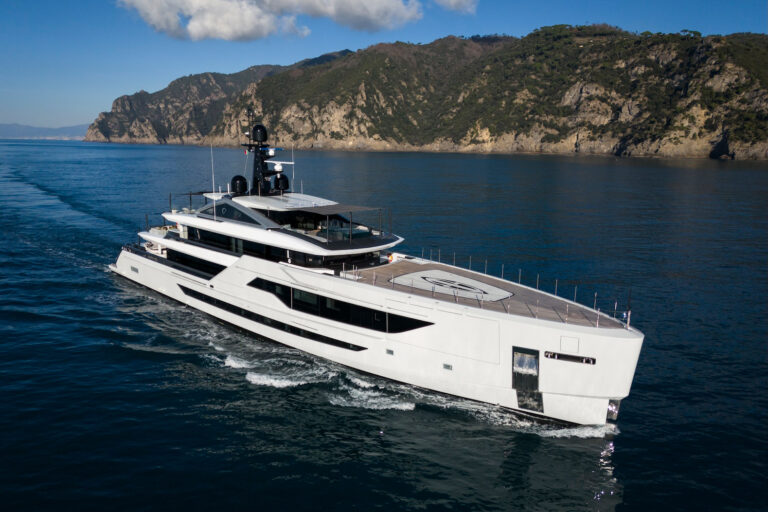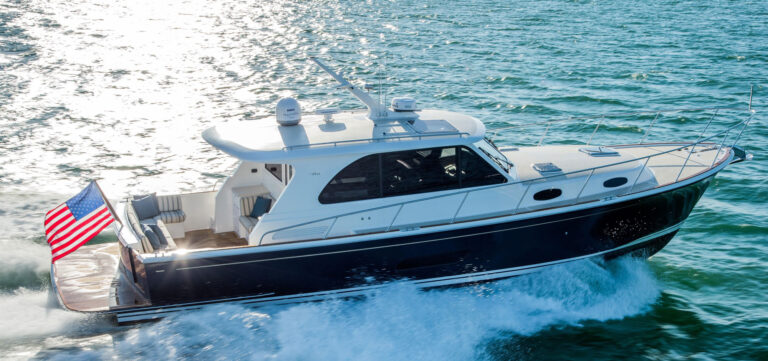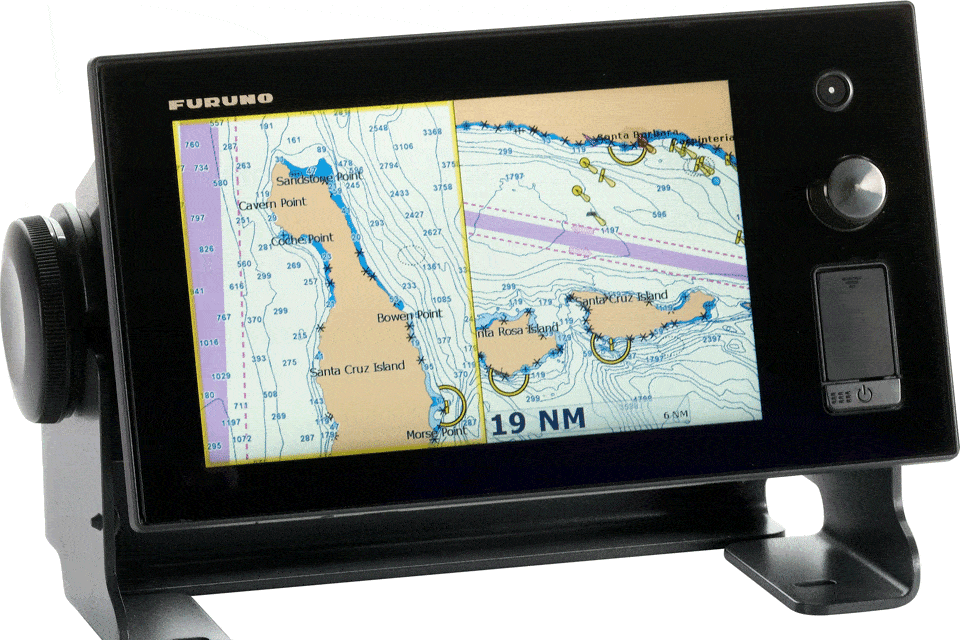
multifunction-display-good.gif
You Wish is equipped with three 14.1-inch-wide touchscreen Furuno TZTouch MFDs ($7,695 each) and a single NavNet 3D Black Box Processor ($9,600). Two TZT14s are situated at her main helm, while the third unit is at the flying-bridge helm. The NavNet 3D Black Box Processor is connected to two 24-inch Hatteland X-series HD 24T21 MMD**** monitors ($5,455 each), giving the crew a jumbo touchscreen display at both helms. Also, the TZTouch’s built-in Wi-Fi allows the networked MFDs to be wirelessly controlled by third-party tablets/smartphones via Furuno’s NavNet Remote app (iOS- and Android-friendly). You Wish cruises with full cartography for the entire East Coast, including 3D charts. Courtesy Manufacturer
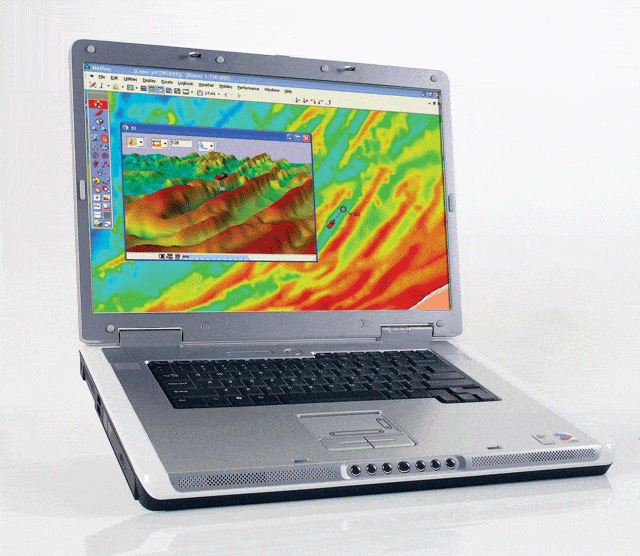
pc-pc-based-nav-software.gif
In addition to her array of MFDs, You Wish carries two mirrored PCs. These laptops have ample RAM, a lightning-fast graphics card, a state-of-the-art processing chip and the latest copy of Microsoft Windows (ballpark $1,800-$2,200 apiece). One PC resides inside an out-of-the-way drawer awaiting use, while the other PC remains charged (and updated) in a waterproof case as backup. Each machine is loaded with both Furuno’s MaxSea TimeZero Navigator ($450) PC-nav software and the MaxSea Weather Routing Module ($250). Each computer also has a copy of Rose Point’s Coastal Explorer ($369.99), as well as a full library of North American raster and vector charts (from multiple sources). Courtesy Manufacturer
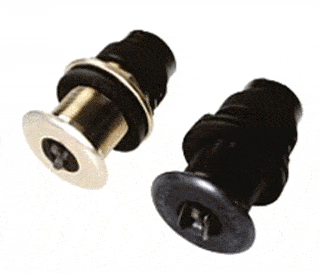
speedo-good.gif
A calibrated Maretron DST110 triducer ($349) provides precise speed (1-50 knots), depth (from 1-foot, 4 inches to 328 feet) and temperature (from 14 to 104 degrees F) information to the N2K network. Courtesy Manufacturer
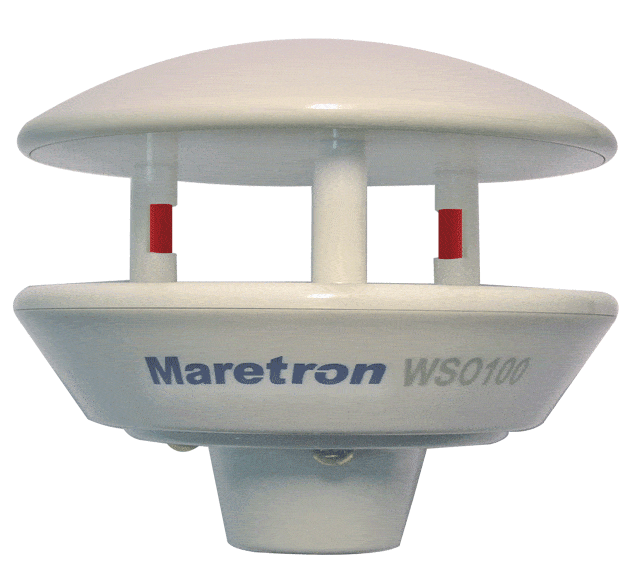
anemometer.gif
Wind and weather information are critical factors, so You Wish is equipped with a Maretron WSO100 Ultrasonic Wind and Weather Station ($695). This N2K-compatable device takes wind and weather measurements (wind direction, wind speed, air temperature, relative humidity and barometric pressure) using ultrasonic sensors rather than moving parts. Courtesy Manufacturer
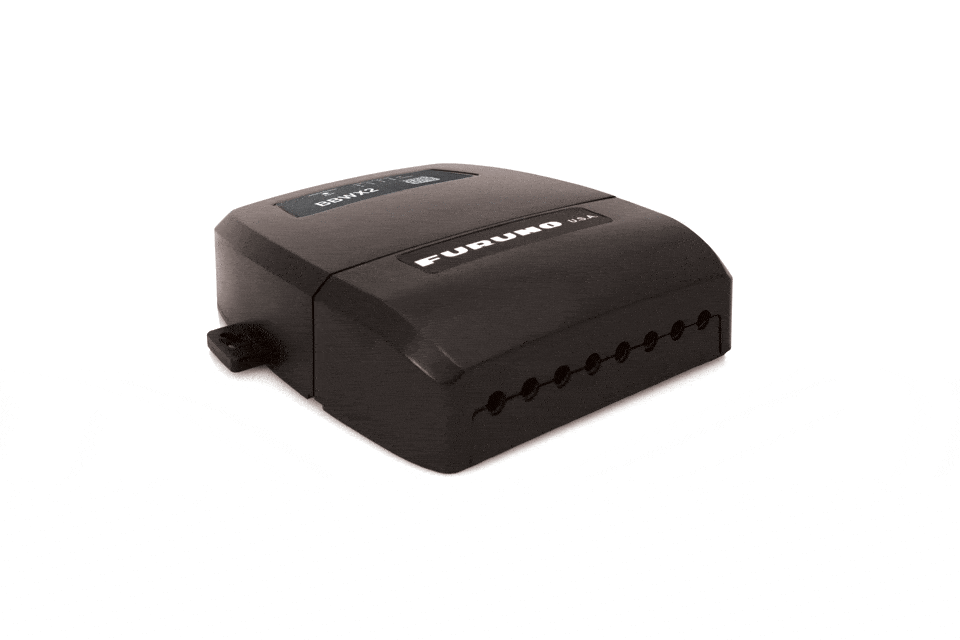
weather-forecasts-2.gif
You Wish can access Internet weather and GRIB files via her Sat-Comms system, and she also sails with a Furuno FAX30 weather fax ($1,300), which is networked to her MFDs via an Ethernet connection, and a Furuno BBWX2 ($800) Sirius satellite-weather receiver, which also networks with the MFDs to present weather overlays on NOAA raster and vector charts. Courtesy Manufacturer
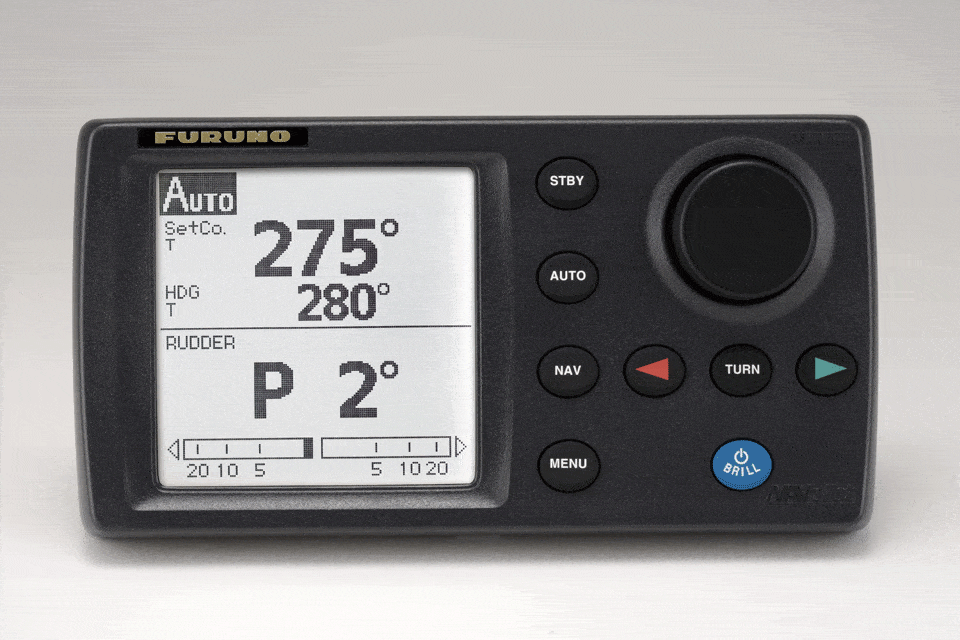
autopilot.gif
A Furuno Nav Pilot 700 ($4,095), which uses an adaptive and self-learning algorithm to help the unit master You Wish’s steering characteristics will steer the boat most of the time. The Nav Pilot 700 plays nicely with the MFDs, as well as the fishfinder, and its dual steering modes allow the crew to switch between economy mode and precision to realize extra fuel savings. Courtesy Manufacturer
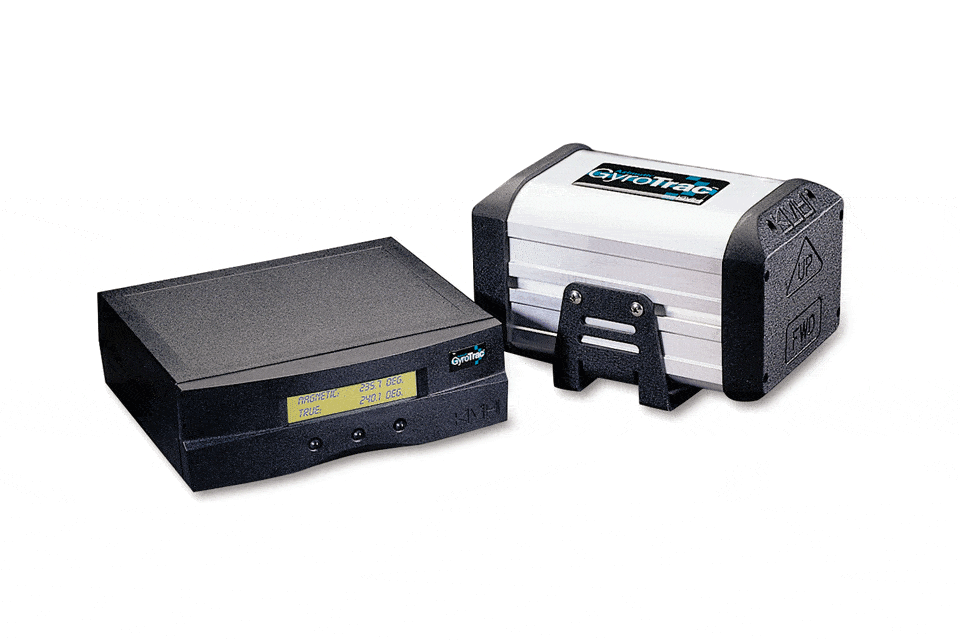
compasses.gif
For heading information, You Wish carries analog and digital compasses. There’s a flush-mounted Ritchie F600 Globemaster compass ($1,081) at both helms, and a Ritchie SportAbout Hand Bearing Compass ($43.99), just in case. A Furuno SC50 satellite compass ($4,995), a KVH GyroTrac gyro-stabilized digital compass ($3,295) and a Simrad FC40 fluxgate compass ($470) ensure accuracy in all conditions and locations. Courtesy Manufacturer
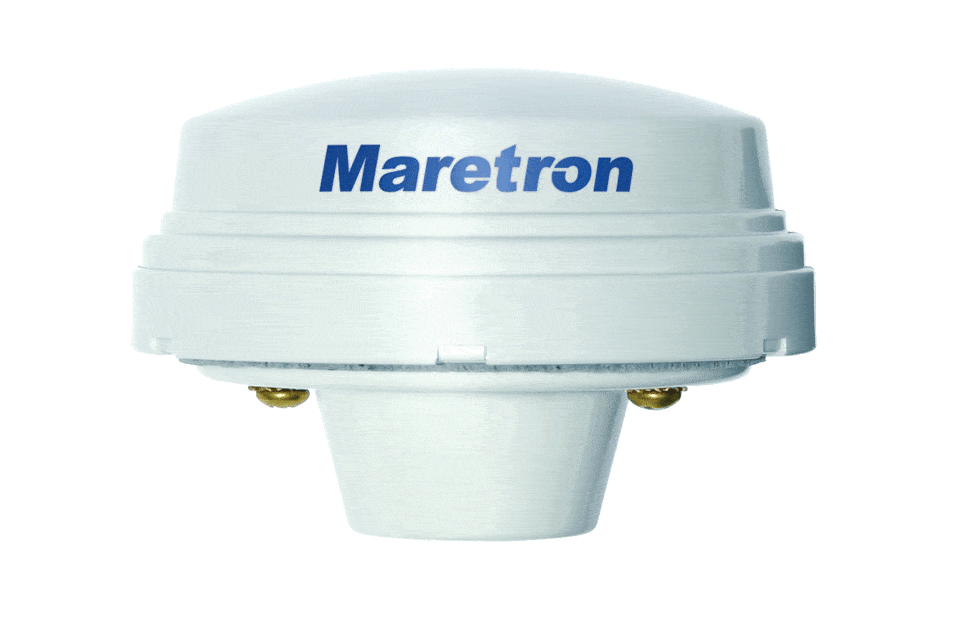
gps-antennas-receivers.gif
Two Maretron GPS200 GPS Antenna/Receivers ($295), tapped directly into the boat’s N2K backbone, make the information available to any N2K-networked instrument or device, including nav software. The 32-channel GPS200 provides five position fixes per second and precise time once per second. It also automatically decodes GPS correction information from different satellite-based augmentation systems to yield accuracy within 2.5 meters. Courtesy Manufacturer
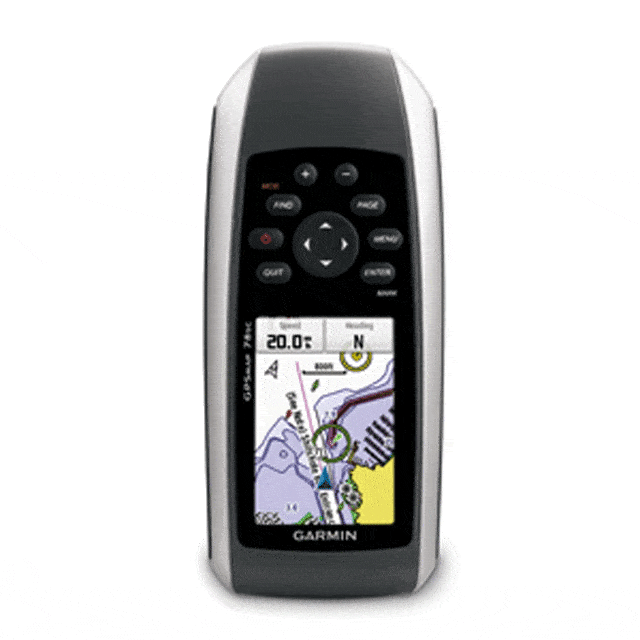
handheld-gps-units.gif
Two Garmin GPSMAP 78sc handheld GPS units ($449 apiece), each stored separately (and with extra batteries) provide backup if the power fails. This waterproof handheld GPS comes loaded with U.S. coastal charts, and its sharp display makes it easy to see the big (and small) picture. Courtesy Manufacturer
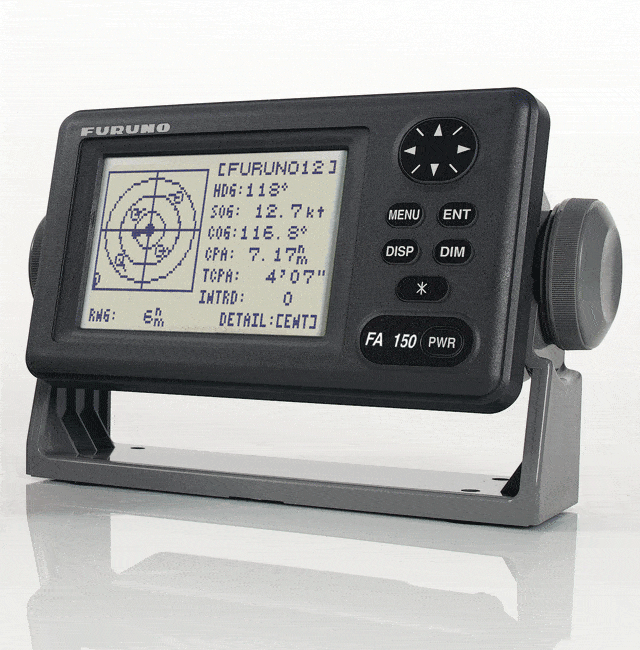
class-a-ais.gif
Given You Wish’s size and sophistication, a Class-A AIS was an obvious decision. Furuno’s FA150 ($4,495) includes both a transponder and a compact 4.5-inch Silver Bright Display, which is mounted at the main helm station. The TZTouch-friendly unit provides everything from a vessel’s Maritime Mobile Service Identity to its COG, SOG and destination, and it also ensures that the yacht’s AIS transmission isn’t filtered out by big ships or other Class-A AIS users. Courtesy Manufacturer
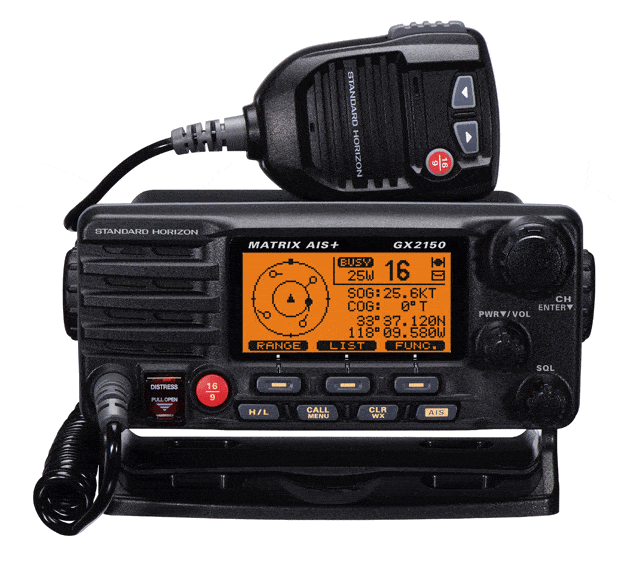
dsc-enabled-vhf.gif
The crew relies on a Standard Horizon Matrix AIS+ GX2150 for DSC-enabled VHF communications and also as a backup GPS and AIS target display (listen-only). The fixed-mount Matrix AIS+ GX2150 ($399.99) is fitted at the main helm station, while a Standard Horizon CMP30 remote mic ($99.99) is built into her flying bridge. Courtesy Manufacturer
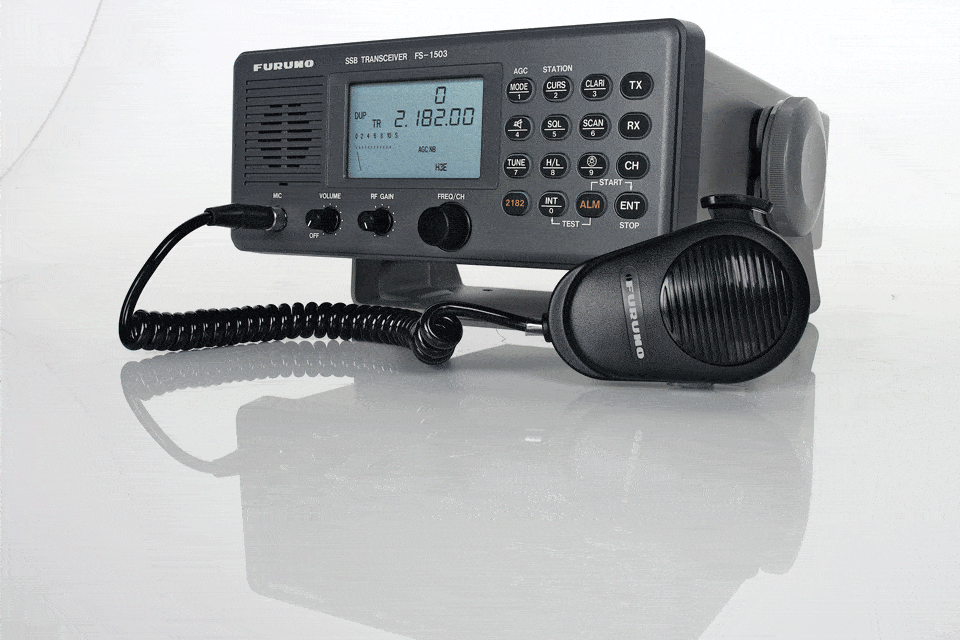
ssb-radiotelephone.gif
Should the You Wish crew point their bow offshore, their Furuno FS1503EM SSB ($3,095) will be an essential working tool. The 150-Watt FS1503EM is a rugged and weatherproof SSB radiotelephone that offers plug-n-play email compatibility and an easy-to-use interface. Courtesy Manufacturer
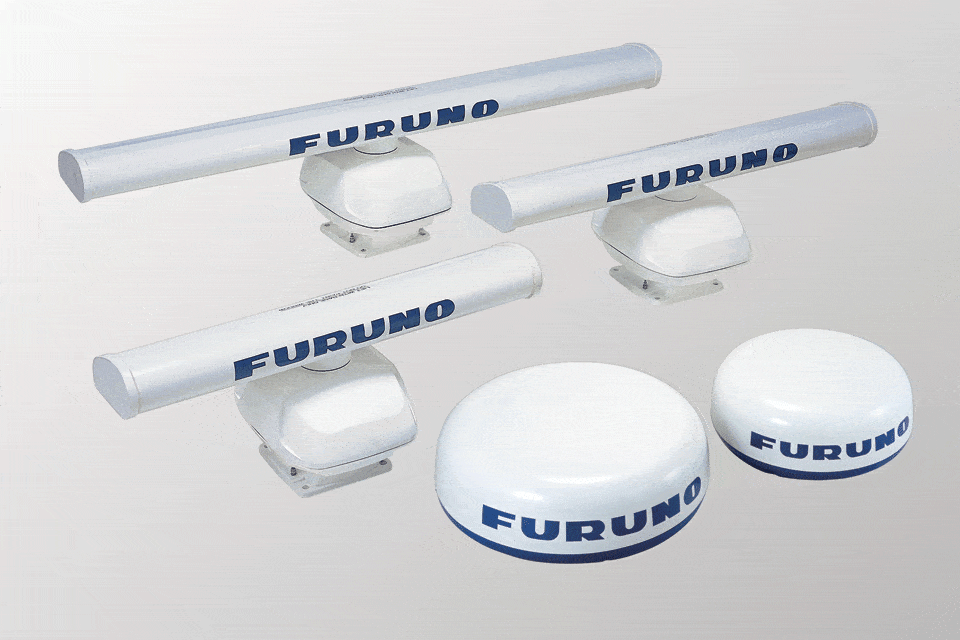
hd-radar.gif
Cruising along the target-rich East Coast requires two digital, high-definition radars, a 6kW Furuno DRS6A ($5,800) and a 12kW DRS12A ($5,500), the later of which is equipped with a Furuno XN12A/4 antenna ($1,175), giving the crew redundancy and the ability to set their radars at different scales. The DRS6A is networked to the MFDs while the DRS12A is connected to the NavNet 3D Black Box Processor, allowing the crew to view the more powerful radar on the jumbo monitors. Courtesy Manufacturer
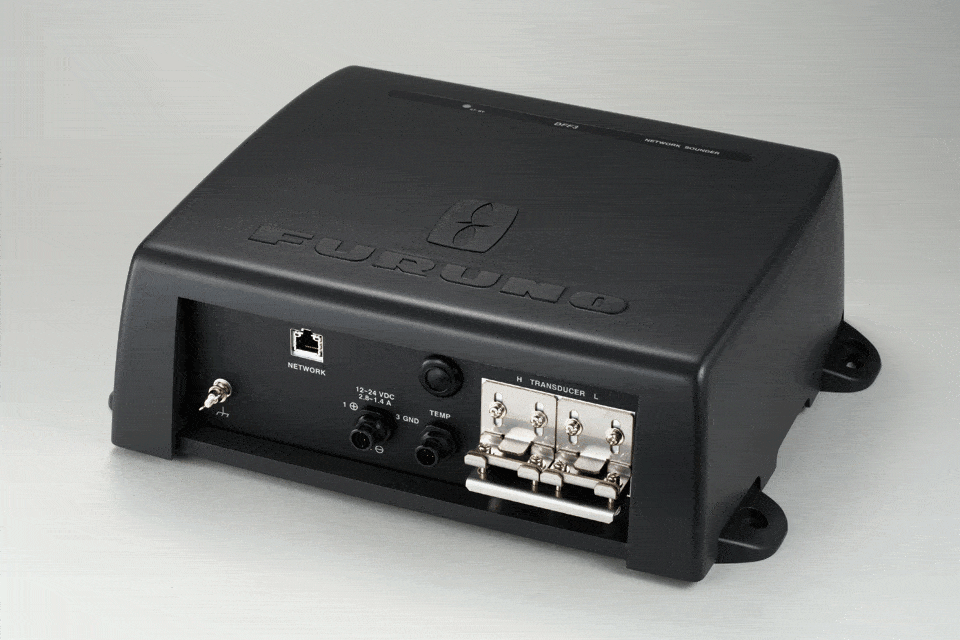
fishfinder.gif
You Wish will be passing over storied casting grounds, so she comes prepared to stalk fish with a dual-frequency Furuno black-box DFF3 fishfinder ($2,695). For the cruise, she will carry a Furuno SS264W-50/12 transducer ($900) and a Furuno SS264W-200/12 ($900) transducer. The powerful DFF3 allows the crew to create detailed and accurate echoes of fish and the sea-floor structure using range scales up to almost 10,000 feet, and it plays nicely (via Ethernet) with the yacht’s networked MFDs. Courtesy Manufacturer
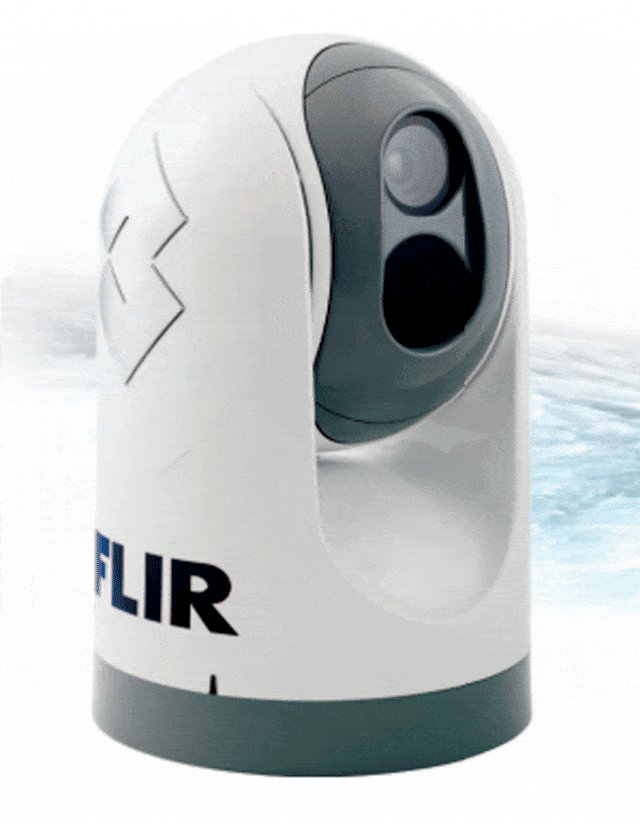
infrared-camera.gif
In order to monitor what’s happening at all times — even in direct sunlight or in total darkness — the crew will rely on a FLIR M-618CS thermal-imaging camera ($39,995) that features a large field of view and a 10x optical zoom. This zoom provides the ability to spot a man overboard from about 4,000 feet and a small vessel from roughly 2.4 miles. The M-618CS pairs perfectly with any of the networked MFDs, giving thermal-imaging feeds at both helms. Courtesy Manufacturer
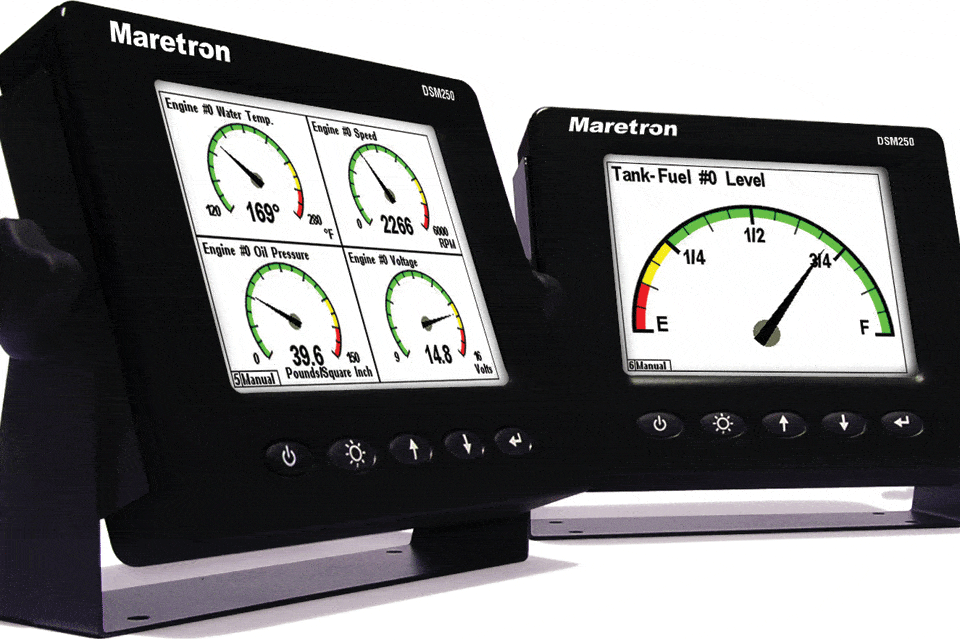
nmea-2000-display.gif
While the TZT MFDs are networked into the vessel’s N2K backbone, it’s always smart to be able to view N2K data on a dedicated monitor. Maretron’s DSM250 multi-function color display ($995) provides visual access to all N2K information; users can choose between single- or multi-instrument display views, as well as numeric, gauge, or graph formats. A DSM250 resides at both helms. Courtesy Manufacturer
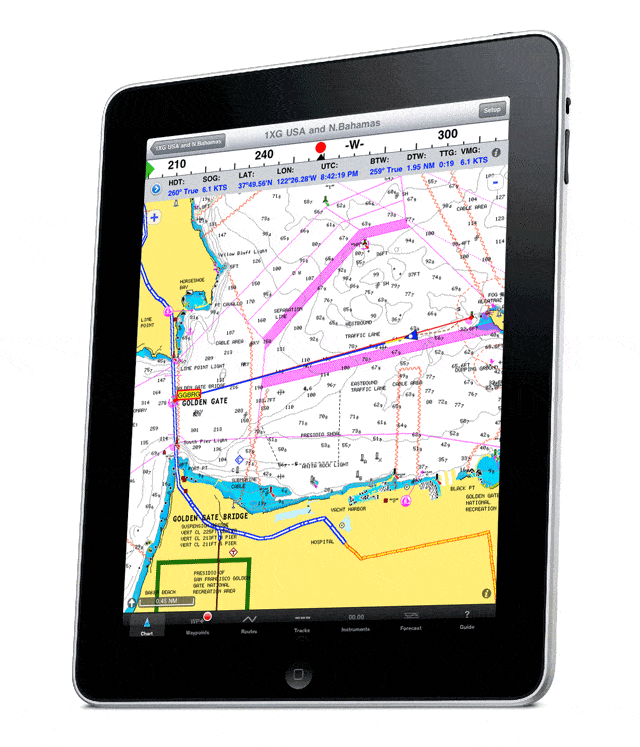
repeaters.gif
To eliminate wire runs, You Wish is equipped with three Apple Retina display iPads (Wi-Fi and cellular service), each with 128 GB hard drives ($929 per unit). These tablets can pull navigational information from the MFDs, and each tablet has a spacious cartography library. One tablet resides in the owner’s suite; another floats between helms while the third remains updated, charged and stowed in a waterproof case. Provided the vessel is within cellular coverage, each iPad can independently drop a pin on a chart, download cartography or grab updates, thus adding redundancy. Courtesy Manufacturer

